Journaling offers a simple yet powerful way to connect with yourself and process your daily experiences. Whether you’re looking to reduce stress, spark creativity, or gain deeper self-awareness, putting pen to paper can transform how you understand your thoughts and emotions.
The beauty of journaling lies in its flexibility – there’s no single right way to do it, and even just a few minutes each day can make a meaningful difference in your well-being. From gratitude practices and morning reflections to creative storytelling and goal setting, you’ll discover approaches that help you build clarity, manage emotions, and create lasting positive changes in your life.
1) Gratitude journaling: List three things you’re thankful for each day
Gratitude journaling is a simple practice that can boost your mood and overall well-being. You write down three things you’re grateful for each day, shifting your focus to positive aspects of your life.
The process takes just five minutes. You can use a notebook, journal, or even your phone’s notes app to record your thoughts.
Your entries don’t need to be elaborate or profound. Small moments count just as much as big achievements. Maybe you’re thankful for your morning coffee, a friend’s text message, or a sunny day.
Writing down gratitude helps train your brain to notice good things throughout your day. This practice cultivates a more positive mindset over time.
You can do this in the morning to start your day positively or in the evening to reflect on good moments. Pick a time that works best for your schedule and stick with it.
The key is consistency rather than perfection. Even on difficult days, you can find small things to appreciate. This habit becomes more natural with regular practice.
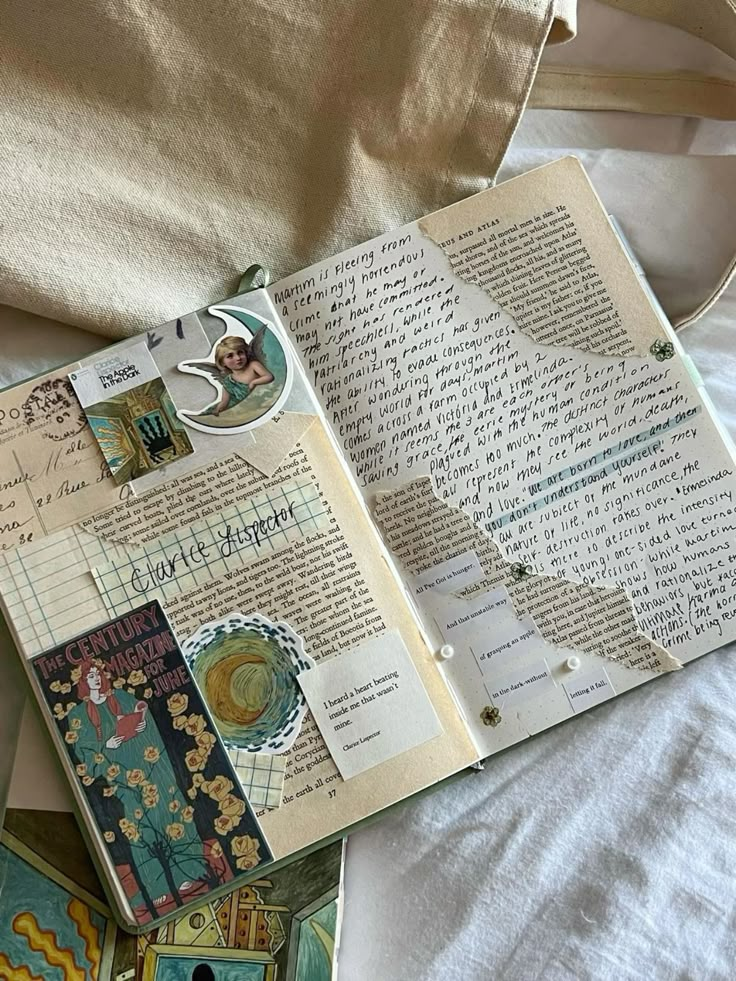
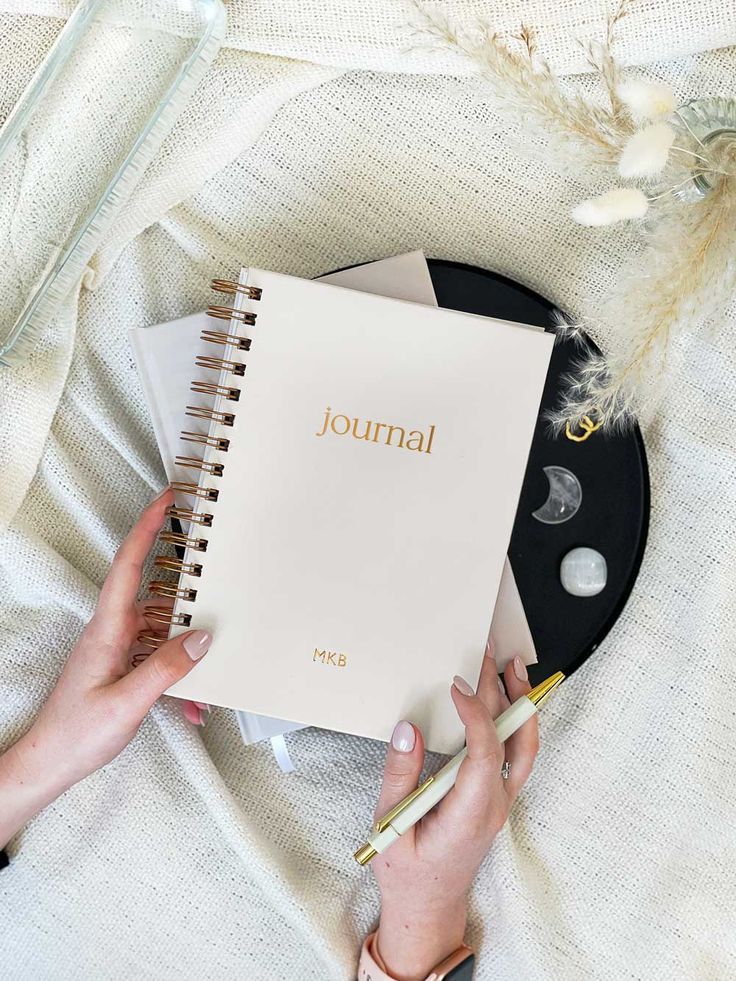
2) Morning pages: Write three free-flowing pages to clear your mind
Morning pages are a simple practice created by Julia Cameron in “The Artist’s Way.” You write three pages of longhand, stream-of-consciousness thoughts first thing in the morning.
The goal isn’t to create perfect sentences or profound insights. You simply write whatever comes to mind without pausing or reflecting too much.
This practice helps clear mental clutter from your head. It’s like emptying your brain of all the swirling thoughts that can cloud your thinking throughout the day.
You don’t need to worry about grammar, spelling, or how your writing flows. Just let your thoughts pour onto the paper naturally.
Set aside time in the morning before work when possible. Grab a notebook and pen, then start writing until you’ve filled three pages.
The practice can boost your creativity and reduce anxiety. Many people find it brings clarity and focus to their entire day.
Morning pages work as a mental reset button. They help you process emotions and thoughts that might otherwise stay bottled up inside your mind.

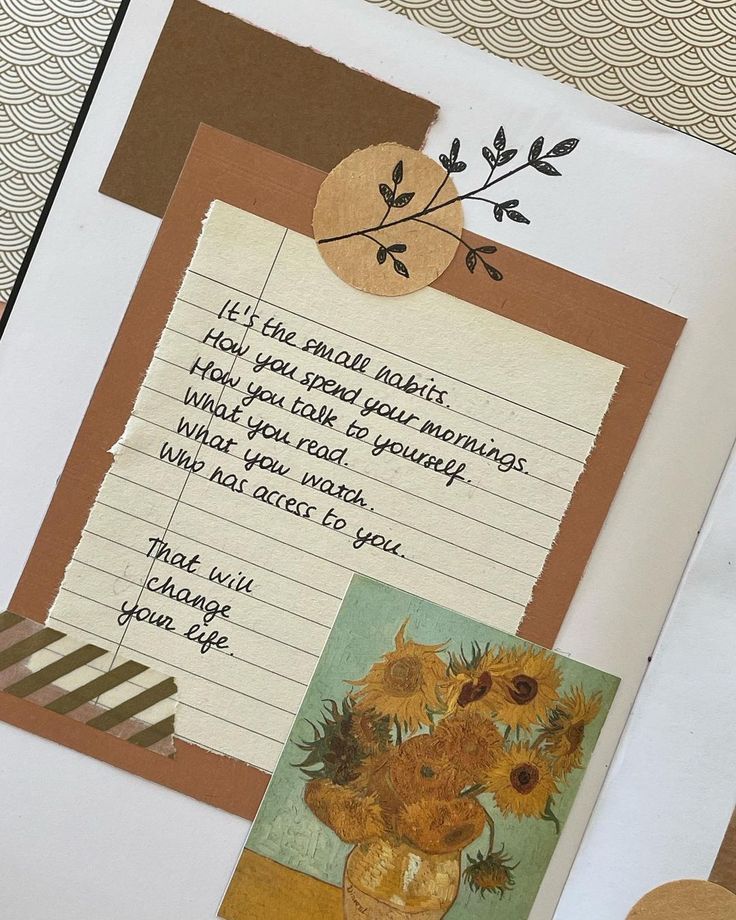
3) Self-discovery prompts: Explore ‘What are my core values?’
Understanding your core values helps you make decisions that align with who you truly are. These prompts will guide you toward discovering what matters most in your life.
Start by asking yourself what principles you refuse to compromise on. Think about moments when you felt most proud of your actions or decisions.
Consider what makes you feel angry or frustrated. Often these emotions point to situations where your values are being challenged or ignored.
Reflect on the people you admire most. What qualities do they possess that resonate with you? Their characteristics often mirror your own deeply held values.
Write about a time when you had to make a difficult choice. What factors influenced your decision? The reasoning behind tough choices reveals your priorities.
Think about what you want to be remembered for. Your desired legacy reflects the values you hold dear and want to embody.
Explore what success means to you personally. Your definition of achievement shows what you value in life and work.
Regular journaling about these questions creates clarity about your authentic self. When you understand your core values, you can live with greater purpose and confidence.
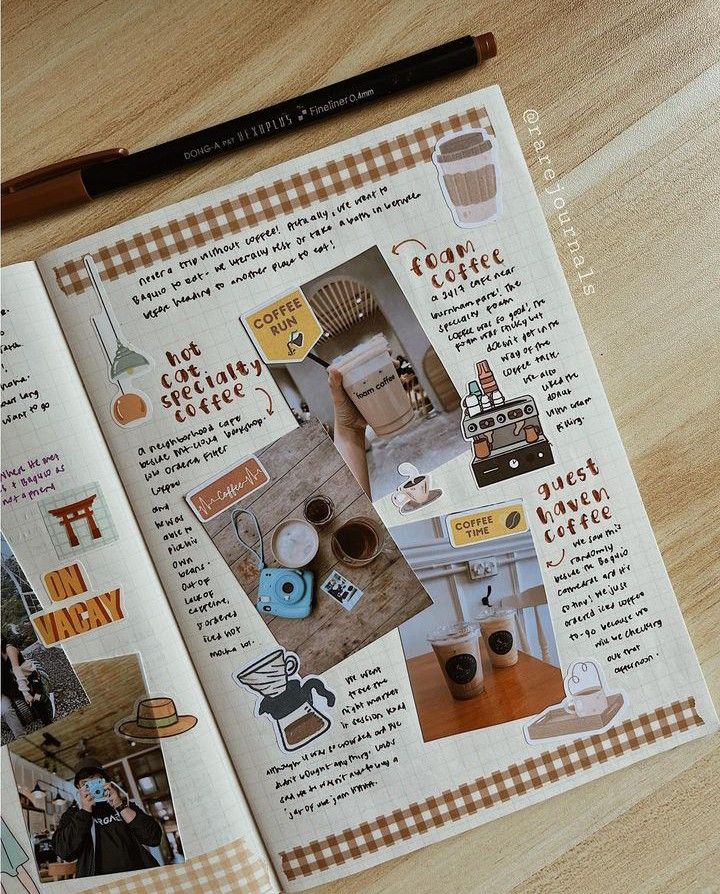

4) Goal setting: Break down one big goal into small, actionable steps
Start by writing down one major goal you want to achieve. Be as specific as possible about what success looks like for you.
Next, work backwards from your end goal. Ask yourself what needs to happen right before you reach it, then what comes before that.
Create a timeline by dividing your goal into monthly or weekly milestones. This makes overwhelming objectives feel much more manageable.
Write down 3-5 concrete actions you can take this week toward your goal. Focus on tasks you can complete in 30 minutes or less.
Use your journal to track daily progress. Note what you accomplished, what challenges you faced, and how you felt about your efforts.
Celebrate small wins along the way. Record these victories in your journal to maintain motivation during tough periods.
Review your progress weekly and adjust your action steps as needed. Goals often evolve as you learn more about the process.
Break down each monthly milestone into weekly tasks, then daily actions. This creates a clear roadmap from where you are to where you want to be.
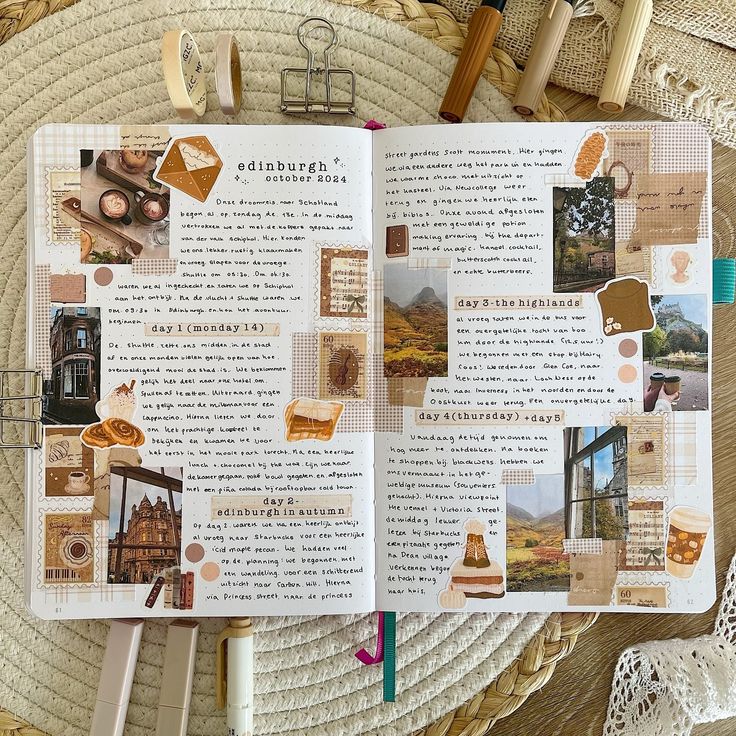
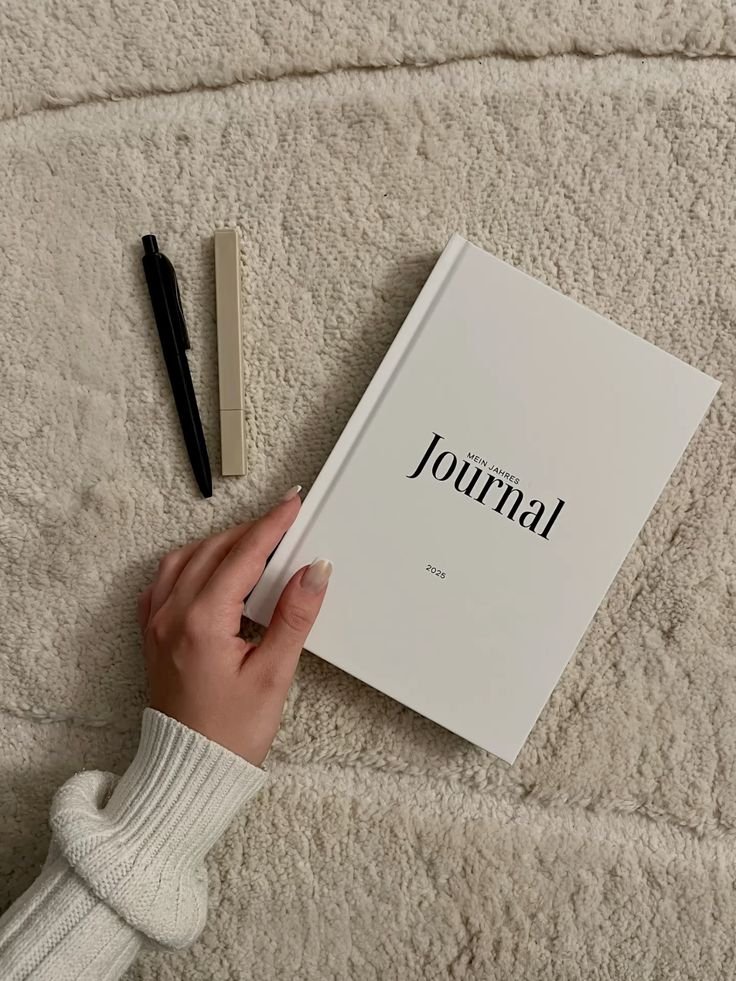
5) Emotional check-in: Describe your feelings without judgment
This approach creates a safe space for honest emotional exploration. You can express whatever comes up without worrying about being right or wrong.
Start by asking yourself what feels heaviest in your current emotional landscape. Notice the dominant emotions present without trying to fix or change them.
Pay attention to where emotions show up in your body. Does anxiety sit in your chest? Does anger create tension in your shoulders?
Write down exactly what you’re feeling using simple, descriptive words. Avoid analyzing why you feel this way or what it means.
Consider what your current emotions remind you of from past experiences. This helps you understand patterns without getting stuck in judgment.
Remember that all feelings are valid and temporary. Your journal becomes a judgment-free zone where you can be completely honest about your emotional state.
Take your time with each emotional check-in. There’s no rush to process everything at once or reach any particular conclusion about your feelings.
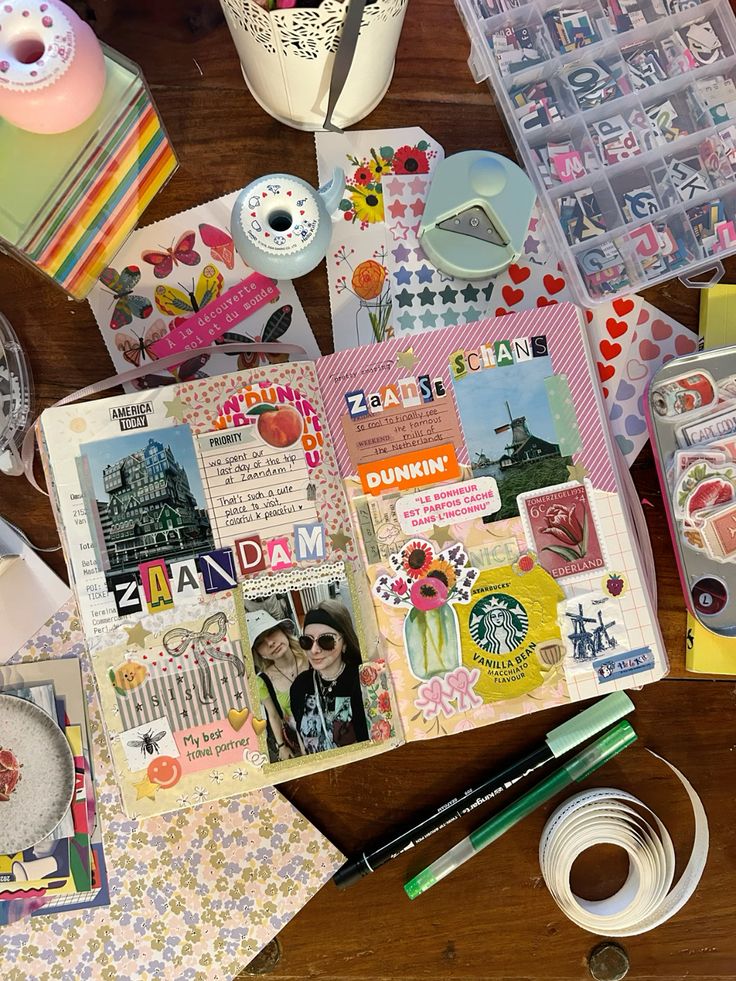
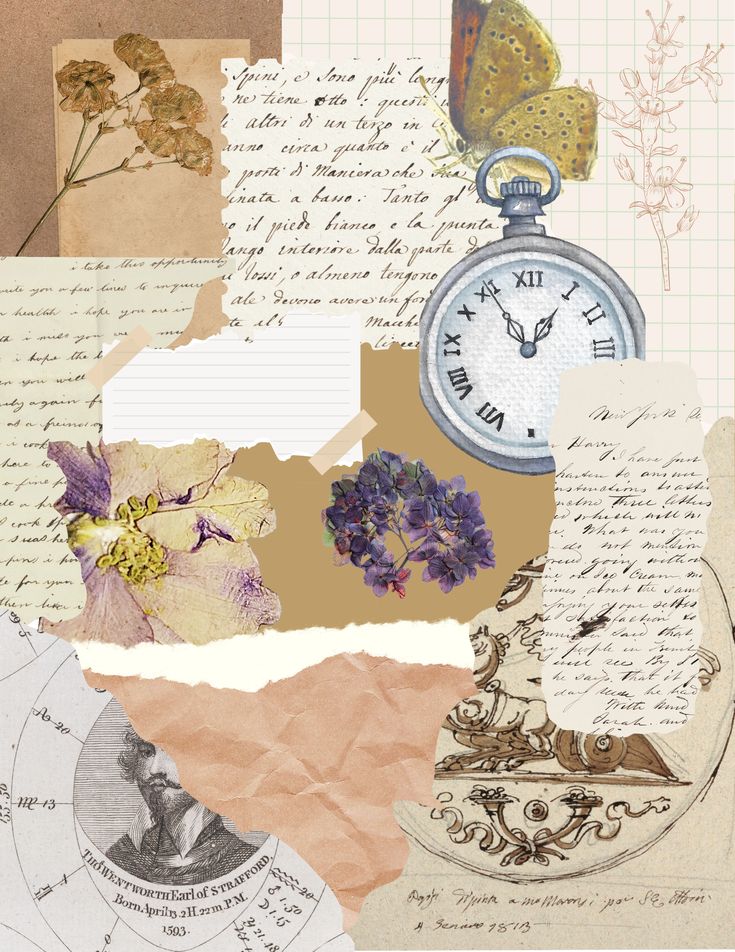
6) Creative storytelling: Invent a character and write their backstory
Character creation through journaling unlocks endless creative possibilities. You can develop complex personalities by writing detailed backstories that bring fictional people to life.
Start by choosing basic details about your character. Consider their age, occupation, and where they live. Write down their physical appearance and any distinctive traits.
Explore their childhood experiences next. What shaped them into who they are today? Think about their family relationships, early friendships, and formative moments.
Add depth by creating pivotal life events. Perhaps they overcame a major challenge or experienced a significant loss. These moments define their personality and motivations.
Consider their fears, dreams, and secrets. What keeps them awake at night? What do they hope to achieve? Hidden aspects make characters feel authentic.
Write about their relationships with others. How do they interact with friends, family, or romantic partners? Relationships reveal character traits naturally.
You can use your character in future creative writing projects or simply enjoy developing them through journal entries. This exercise strengthens your storytelling skills while providing endless entertainment.
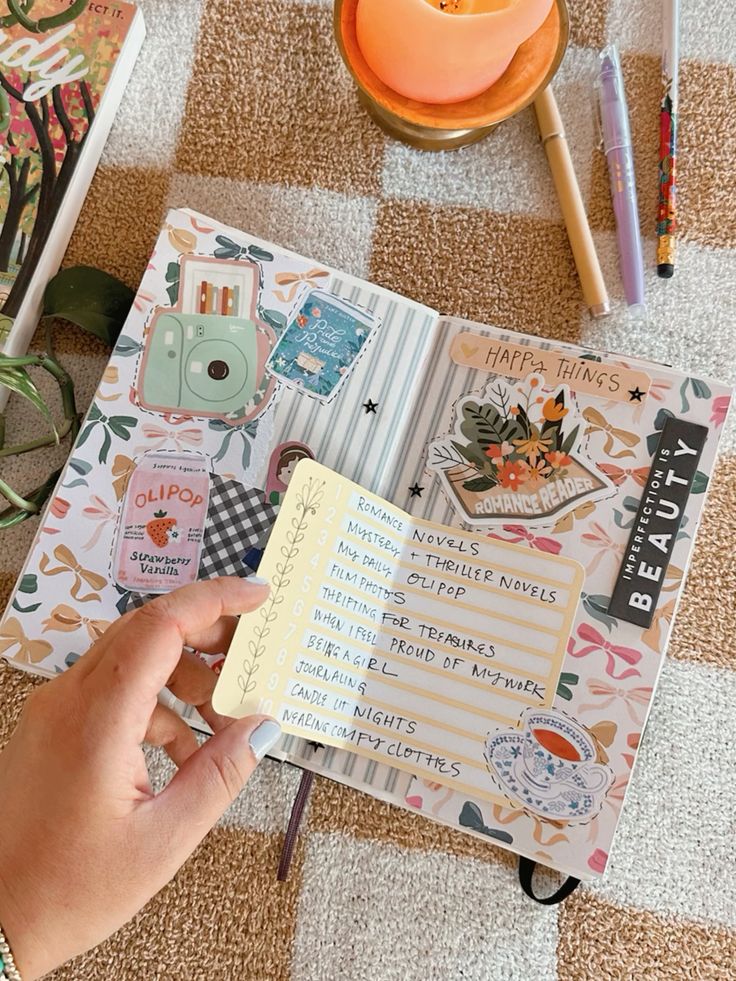

7) Stress relief journaling: Detail a stressful event and how you managed it
Writing about stressful experiences helps you process emotions and gain perspective. This type of journaling creates space for your thoughts to breathe while identifying what triggered your stress.
Start by describing the stressful event in detail. Write about what happened, when it occurred, and who was involved. Don’t worry about perfect grammar or structure.
Next, explore your emotional response. How did the stress make you feel physically and mentally? Did you notice tension in your body or racing thoughts?
Document the coping strategies you used. Maybe you took deep breaths, called a friend, or went for a walk. Include both helpful and unhelpful responses you tried.
Reflect on what worked best for managing the situation. This helps you build a toolkit of effective stress management techniques for future challenges.
Consider what you learned from the experience. Sometimes stressful events reveal our strengths or highlight areas where we need better boundaries.
Writing about stress without fear of judgment allows you to release tension naturally. You can express everything you’re feeling in a safe, private space.
This practice strengthens your ability to handle future stressful situations with greater awareness and resilience.

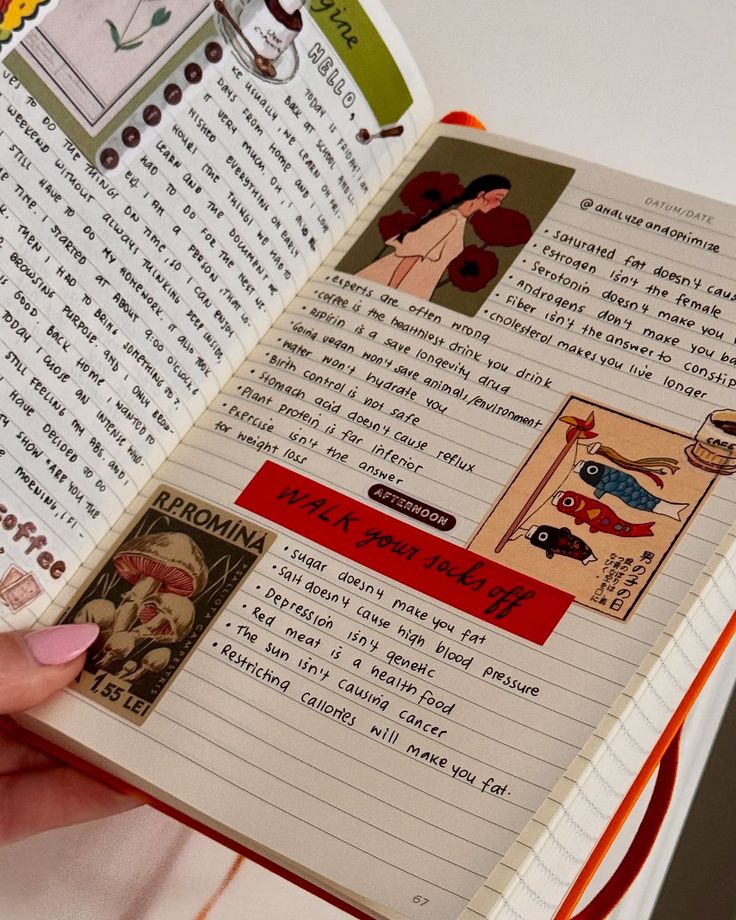
8) Visualization journaling: Paint a vivid picture of your dream life
Visualization journaling combines traditional writing with mental imagery to help you create detailed pictures of your ideal future. This practice involves describing your goals and aspirations as if they’ve already happened.
Start by choosing one area of your life you want to improve. Write about a typical day in that improved reality using present tense language.
Include sensory details in your entries. Describe what you see, hear, smell, and feel in your dream scenario.
Write about your emotions in these imagined situations. How does it feel to achieve your goals? What emotions come up when you picture your ideal life?
Focus on specific scenes rather than general concepts. Instead of writing “I’m successful,” describe yourself giving a presentation at your dream job or celebrating a major achievement.
Use descriptive language to make your visions feel real and tangible. The more detailed your writing, the more powerful the visualization becomes.
Practice this type of journaling regularly to train your mind to focus on what you want to create. Your written visions can serve as a roadmap for turning dreams into actionable steps.

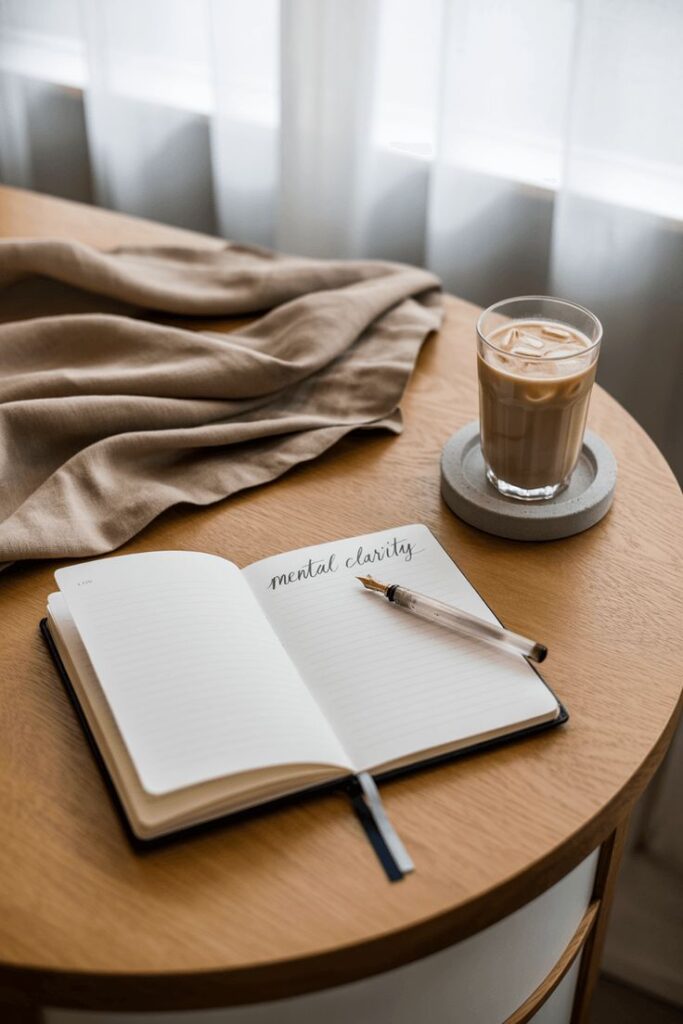
9) Memory keeping: Document a favorite moment from your week
Memory keeping journaling helps you capture life’s precious moments before they fade away. Each week brings special experiences that deserve to be remembered and cherished.
Choose one standout moment from your week to focus on. This could be anything from a meaningful conversation with a friend to a beautiful sunset you witnessed.
Write about the details that made this moment special. Include where you were, who was with you, and what you were feeling in that exact moment.
Describe the sensory details you remember. What did you see, hear, smell, or touch? These small details bring your memories to life when you read them later.
Reflect on why this particular moment stood out to you. Was it unexpected joy, a sense of accomplishment, or a feeling of deep connection with someone?
This weekly practice creates a treasure trove of positive memories. You’ll be amazed at how many wonderful moments you might have forgotten without writing them down.
Your memory journal becomes a personal collection of life’s highlights. Reading past entries can lift your spirits and remind you of all the good things in your life.
10) Mindfulness journaling: Note sensory experiences throughout your day
Mindfulness journaling through sensory experiences helps you stay grounded in the present moment. You focus on what you can see, hear, smell, taste, and touch right now.
Start by setting aside a few minutes each day to record your sensory observations. Write about the warmth of sunlight on your skin or the sound of rain against your window.
Notice the texture of objects you handle throughout your day. Describe how your morning coffee tastes or the scent of flowers during your walk. These small details anchor you to the present.
You can practice this anywhere without special equipment. Simply pause and tune into your five senses, then jot down what you notice.
This type of journaling reduces stress by pulling your attention away from worries about the future or past. It trains your mind to appreciate simple moments that might otherwise pass unnoticed.
Your entries don’t need to be lengthy or poetic. Even brief notes like “soft blanket texture” or “birds chirping outside” count as meaningful practice.
Regular sensory journaling builds your awareness skills over time. You’ll find yourself naturally noticing more details in your daily experiences.
Why Journaling Matters
Journaling creates a judgment-free space where you can explore your thoughts without criticism or external pressure. This practice directly impacts your mental wellbeing while helping you understand your patterns and motivations more clearly.
Mental Health Benefits
Writing in a journal provides immediate stress relief by giving your worries a place to exist outside your mind. When you transfer anxious thoughts onto paper, you create distance between yourself and overwhelming emotions.
Stress Reduction Techniques:
- Daily brain dumps to clear mental clutter
- Processing difficult experiences through writing
- Creating emotional release without judgment
Regular journaling helps regulate your emotions by forcing you to name and examine what you’re feeling. This process alone can reduce the intensity of negative emotions.
Research shows that expressive writing strengthens your immune system and improves overall physical health. You’re literally writing your way to better wellness when you journal consistently.
The practice creates a safe outlet for emotions you might otherwise suppress or express inappropriately. Your journal becomes a trusted confidant that never judges or offers unwanted advice.
Boosting Self-Awareness
Journaling reveals patterns in your thinking and behavior that remain invisible during daily life. You start noticing triggers, recurring themes, and automatic responses that shape your experiences.
Key Areas of Discovery:
- Emotional triggers and reactions
- Decision-making patterns
- Values and priorities
- Growth areas and strengths
When you review past entries, you gain perspective on your progress and challenges. Problems that felt overwhelming weeks ago often appear manageable in hindsight.
Writing forces you to articulate your thoughts clearly, which deepens your understanding of complex situations. The act of putting feelings into words creates clarity where confusion once existed.
You develop a stronger connection to your authentic self through honest self-expression. This authenticity improves your relationships and decision-making abilities in meaningful ways.
Tips for Making Your Journaling Routine Stick
A comfortable environment and achievable expectations form the foundation of any sustainable journaling practice. These two elements work together to remove barriers and create positive associations with your writing time.
Creating a Welcoming Journaling Space
Your journaling space should feel inviting and personal. Choose a spot where you feel comfortable and can write without distractions.
Consider the physical elements that matter most to you. Some people prefer a cozy corner with soft lighting, while others need a clean desk with good natural light.
Essential elements for your space:
- Comfortable seating
- Adequate lighting
- Minimal distractions
- Easy access to your journal and pen
Keep your journaling supplies in this designated area. When everything has its place, you’re more likely to maintain the habit.
The space doesn’t need to be elaborate or expensive. A simple setup that feels right for you is more valuable than an Instagram-worthy corner that doesn’t match your preferences.
Make small adjustments until the space feels welcoming. You might add a plant, change the lighting, or move to a different chair.
Setting Realistic Writing Goals
Start with small, achievable goals rather than ambitious targets that become overwhelming. Writing three sentences daily is better than planning for pages you won’t complete.
Realistic starting goals:
- 5 minutes per day
- 3-5 sentences
- Every other day initially
- Focus on consistency over length
Track your progress without being harsh about missed days. Life happens, and flexibility prevents guilt from derailing your routine.
Adjust your goals as the habit develops. Once daily writing feels natural, you can gradually increase the time or frequency if desired.
Choose a specific time that works with your schedule. Morning pages work for some people, while others prefer evening reflection.
Remember that some days you’ll write more and others less. The goal is building the habit, not meeting a word count.
- 0shares
- Facebook0
- Pinterest0
- Twitter0


